The findings are a highlight of Te Whare Wānanga o Waitaha | the University of Canterbury (UC) Pūrongo Toitū te Taiao | Sustainability Report, which was released today.
“The kārearea is rare in the Canterbury plains region, and it is not a bird we have seen on campus before, so we were delighted to be alerted to the presence of this species by our grounds team. We hope it will continue to visit,” Dr Kross says. “It’s incredible for our students to have proximity to important native species as well, right here, outside their classroom windows.”
UC’s Biodiversity Plan combines predator control, increasing the tree canopy cover, increasing native plant diversity and nurturing insect and invertebrate life on campus.
“It is wonderful to see these treasured species visiting and inhabiting the campus again,” Pro-Vice Chancellor of Sustainability Professor Jan Evans-Freeman says. “It is testament to a comprehensive approach that will continue to improve the populations of native insects, birds, fishes and reptiles on campus and ensure the University is a valuable part of the north-western corridor of Ōtautahi Christchurch.”
UC’s Sustainability Report details progress achieved through campus operations plans across biodiversity, cycling and transport, waste management, carbon emission reduction and sustainable food and drink, as well as examining the methods available for identifying courses that align with Sustainable Development Goals (SDGs) across the university.
UC excels in sustainability-related qualifications, including the Bachelor of Social and Environmental Sustainability launched in 2022, which prepares students to make a difference in the world by leading a fair and sustainable transition in an age of rapid and far-reaching social and ecological change. Plans are underway to raise awareness of the SDGs in all qualifications over the coming years.
The United Nation’s 17 SDGs provide a roadmap for creating a more equitable and sustainable planet, providing targets for environmental sustainability, climate change action, economic growth, eradicating poverty and improving social equity. UC aligns its operations, learning and research with the SDGs and was last year named number one in the world for SDG 12 – Responsible Production and Construction by the Times Higher Education Impact Rankings.
Read the Pūrongo Toitū te Taiao | 2022 UC Sustainability Report here.


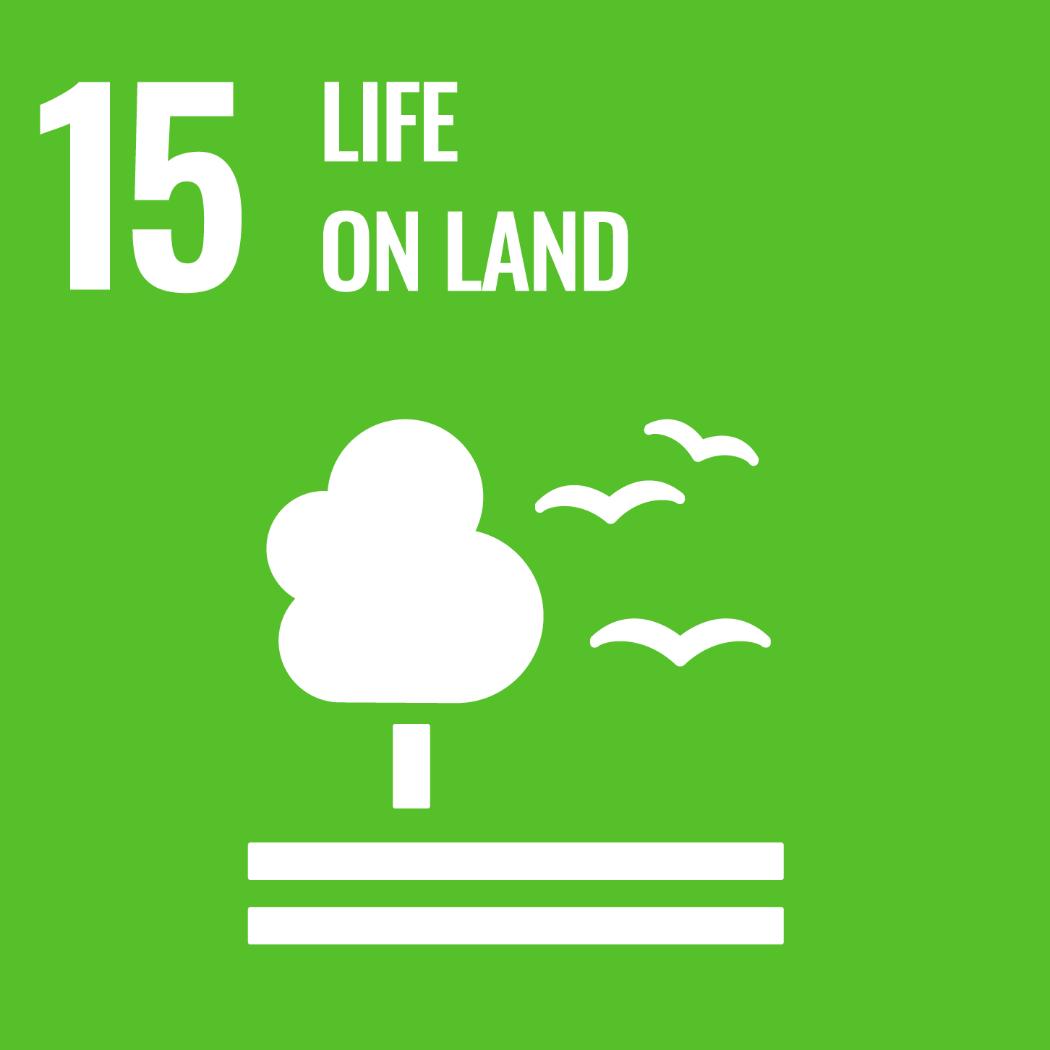
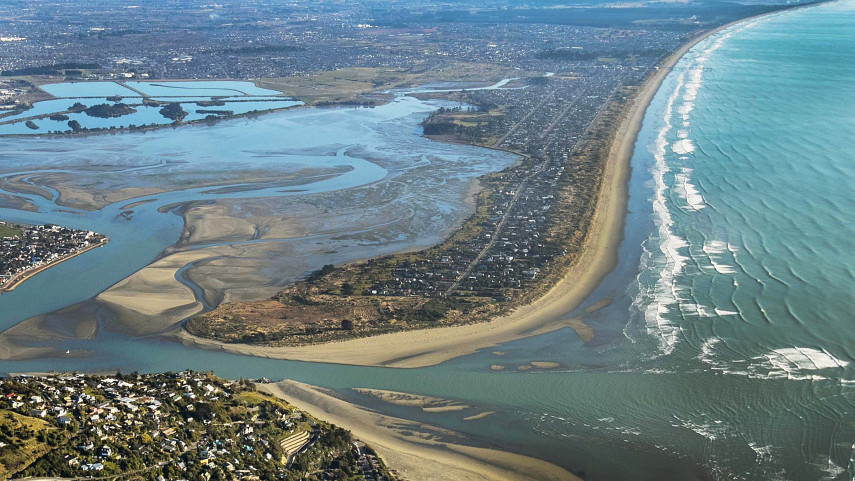
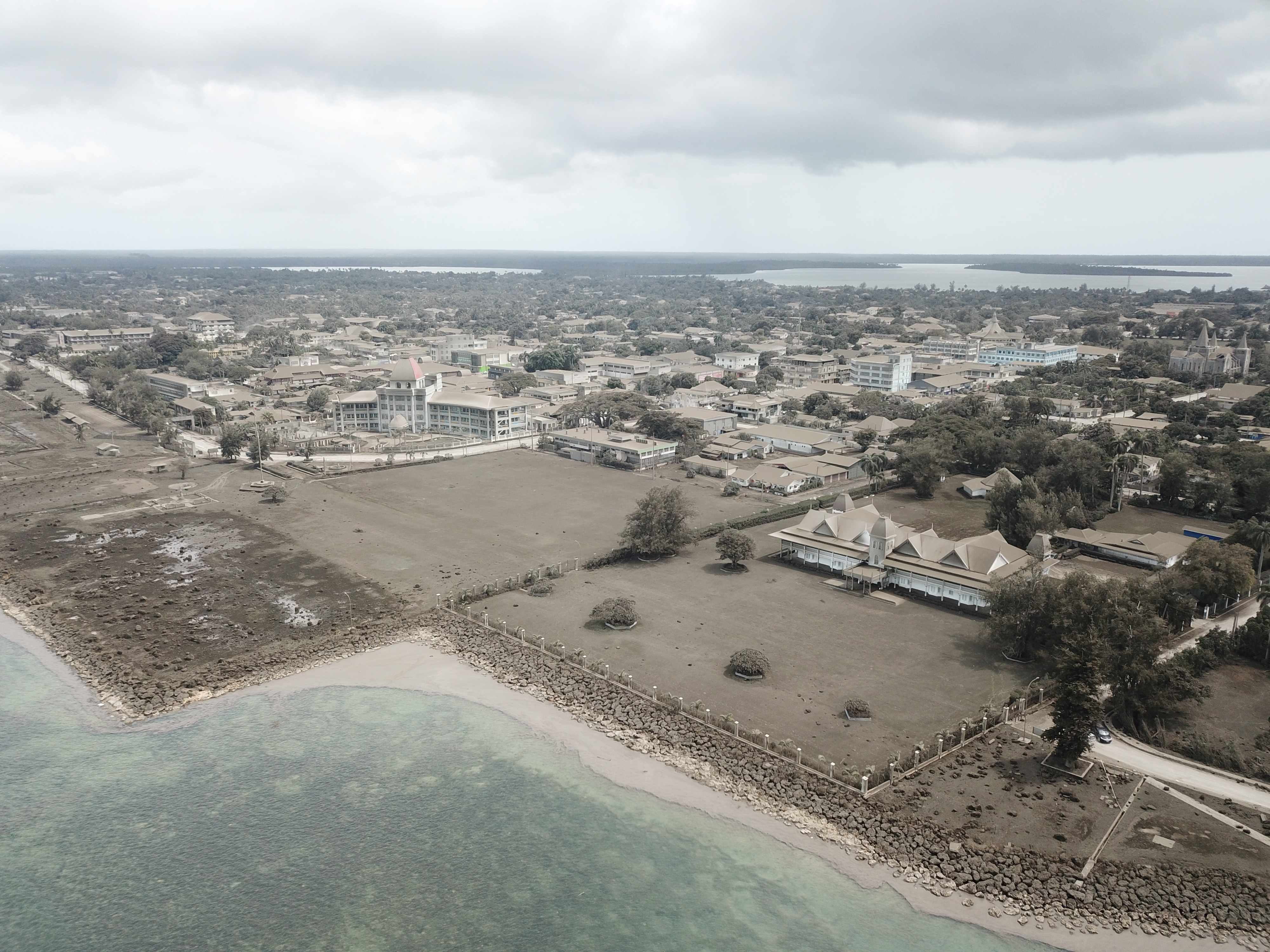
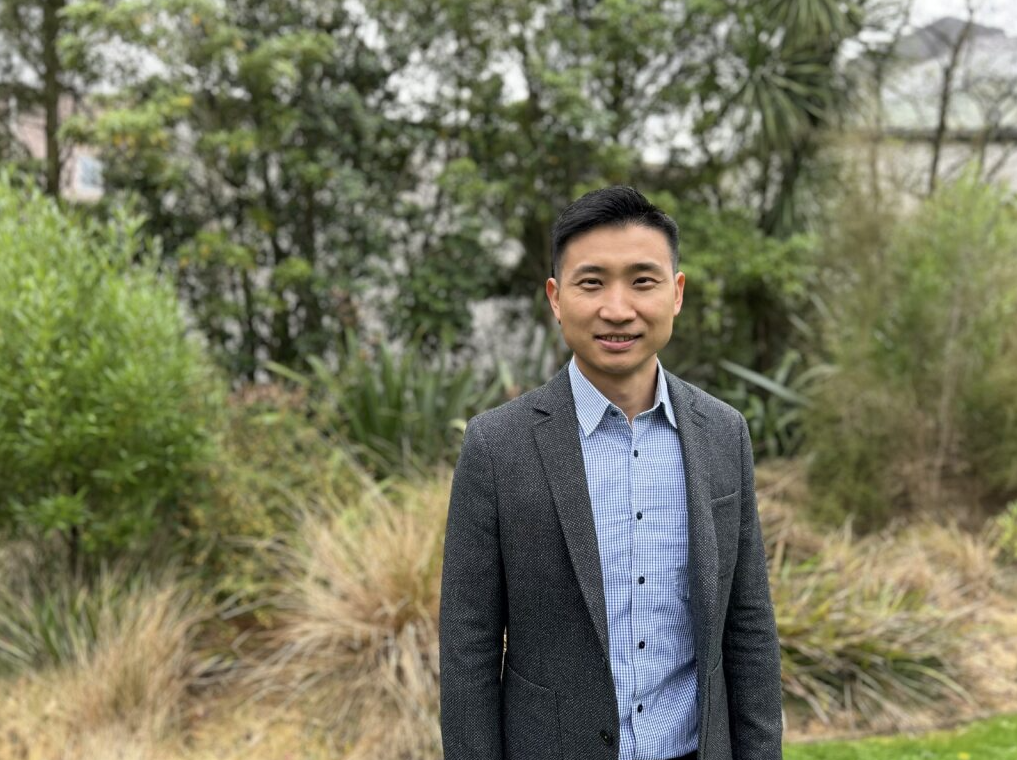
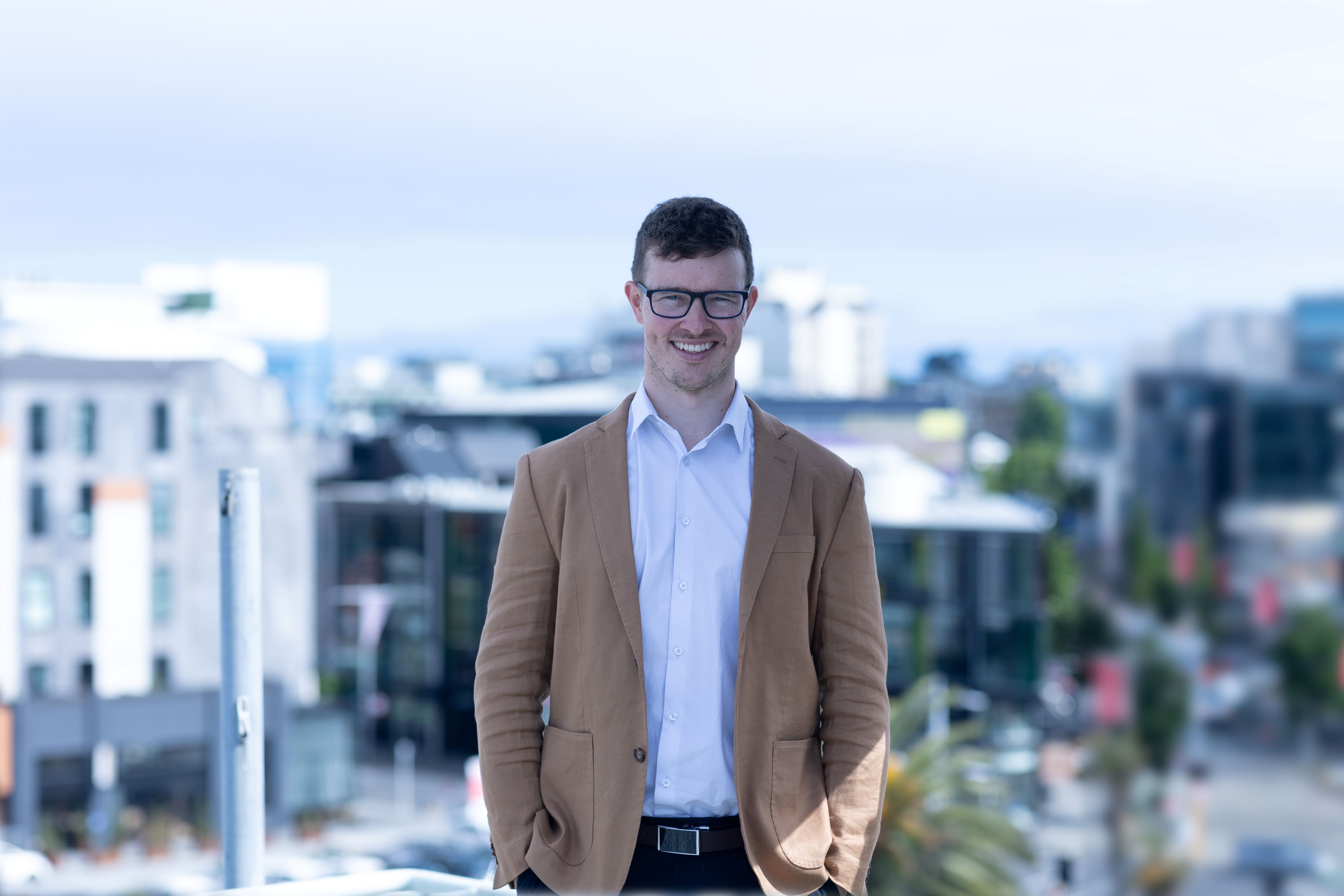
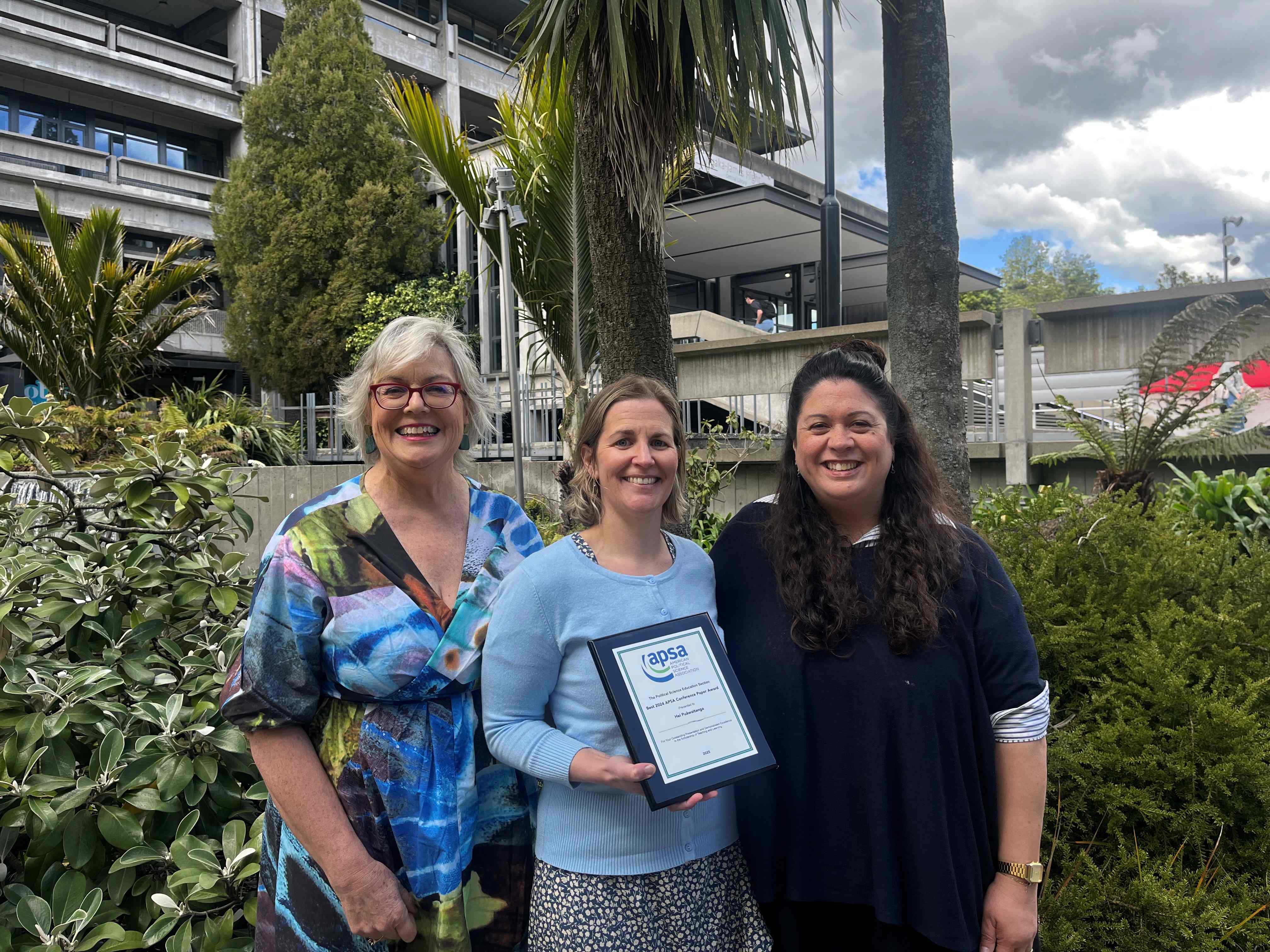
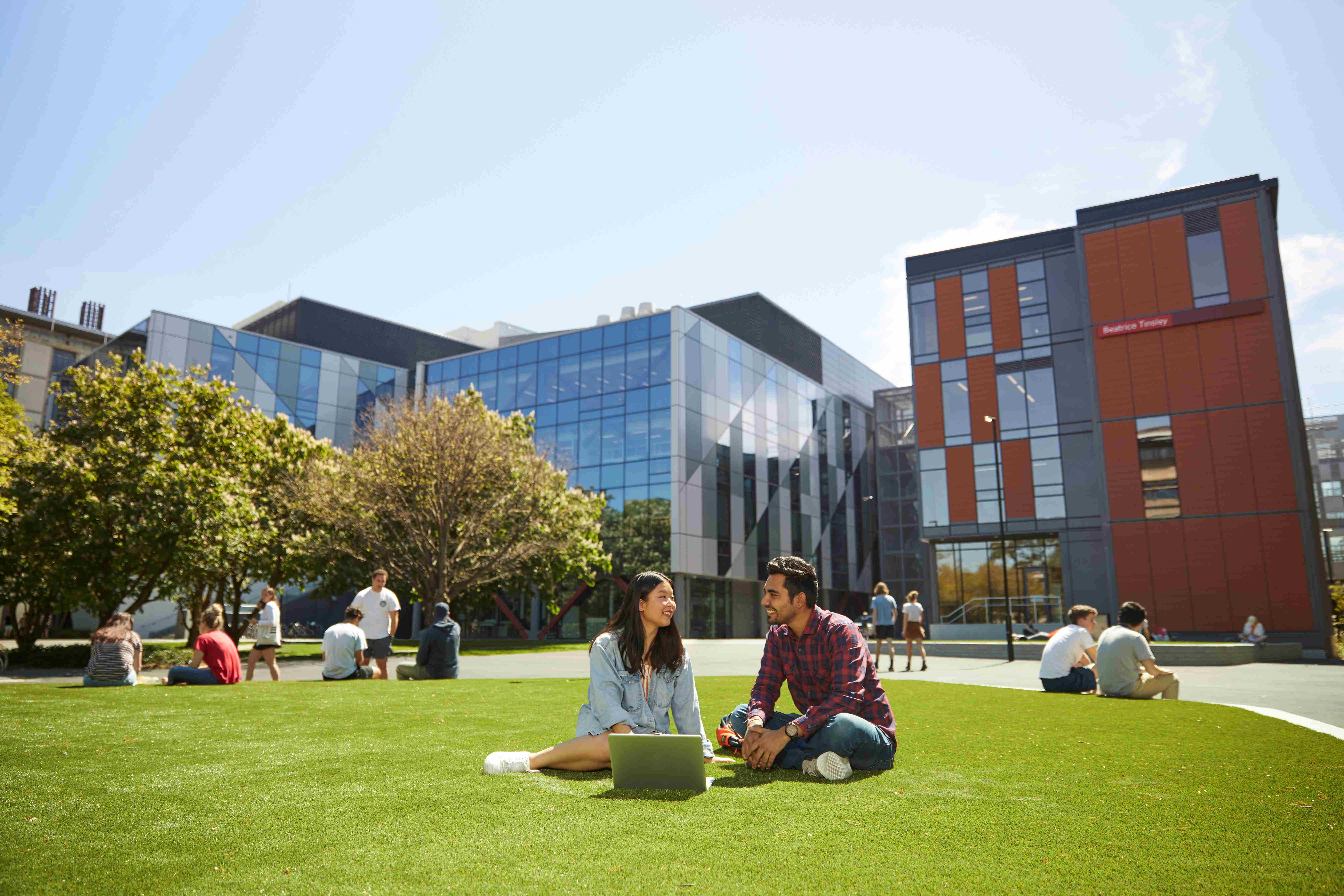
.jpg)
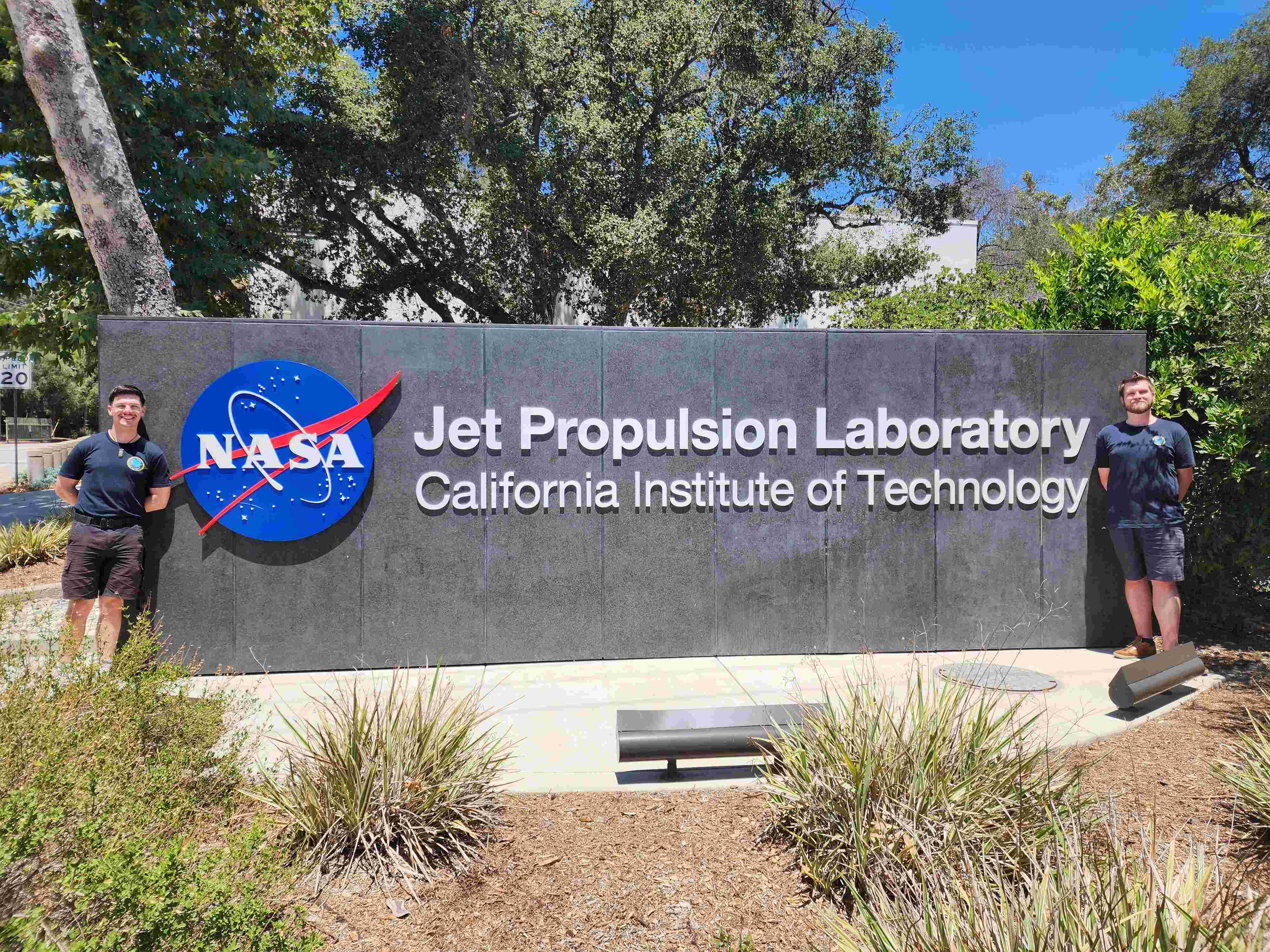
%20resized.JPG)